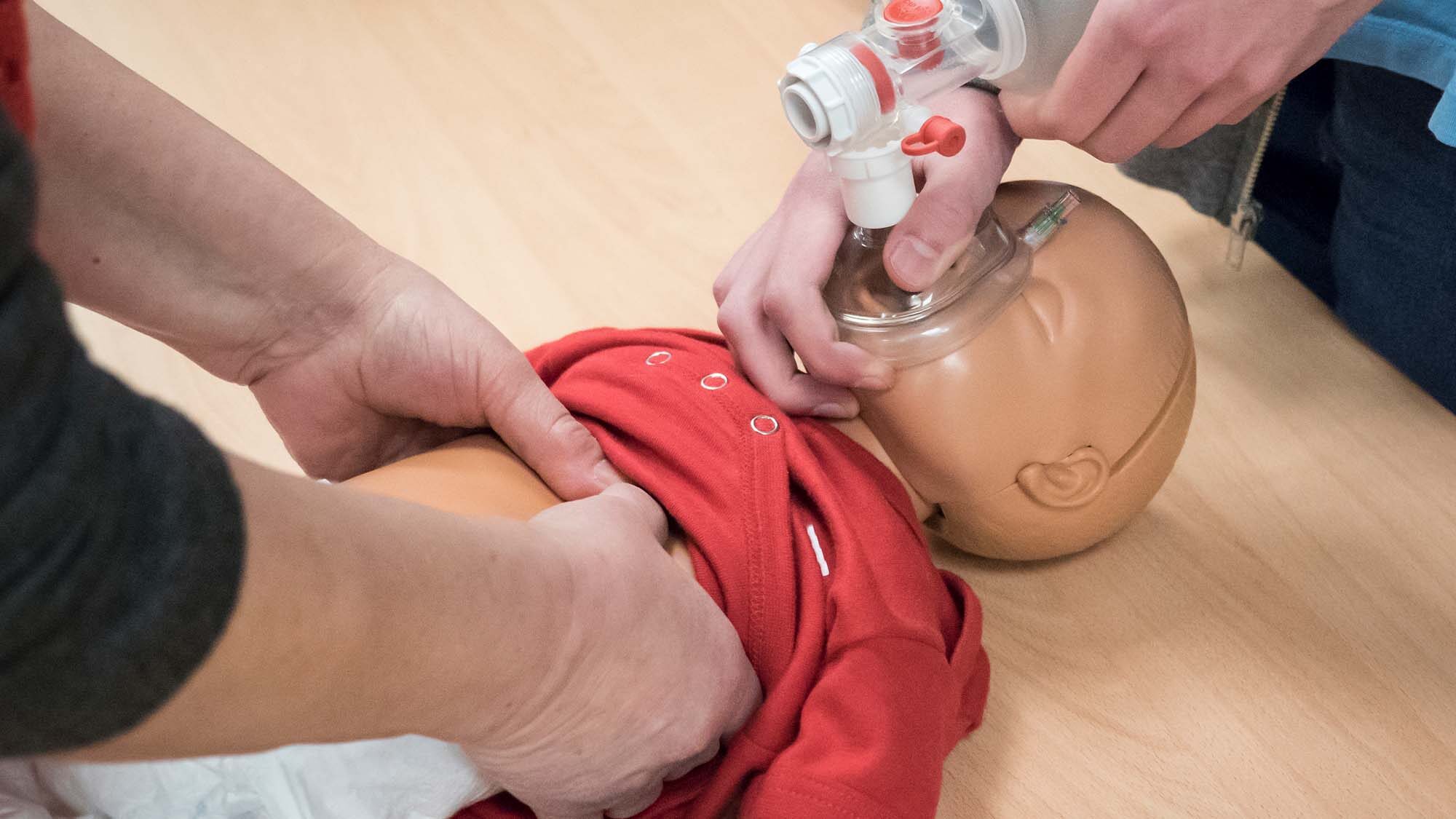Essay by: ISP086
When someone has become unresponsive in an emergency situation, seconds matter. Knowing what to do and how to react in those first critical moments before professionals arrive can truly mean the difference between life and death. If in doubt, ask one of the millions of family members and survivors who have experienced this first-hand. That being said, it is important for everyone, healthcare providers and non-healthcare persons, to know how to perform CPR.
High school coaches are a great example of non-healthcare professionals who must be prepared to perform CPR on their athletes at any moment. “The majority of high schools do not require CPR certification and only fifty percent of coaches are currently CPR certified” (Harer & Yaeger, 2014). As first responders on the sports field, these coaches are in a unique position to make a difference in these young persons lives (Harer & Yaeger, 2014). This is one of many examples that show that time is more important than licenses or schooling. When trying to save the life of a friend, co-worker or family members life, the goal is to buy time for the professionals to arrive. With a few skills, anyone can get the critical time needed to help people survive. Imagine how many lives could be saved and how many people would be given the chance to live, if everyone knew how to simply perform CPR.
Knowing CPR doesn’t just save one life, it saves many lives. Along with actual skills like rescue breathing and chest compressions, you take away from CPR critical lessons, like assessing an environment, and securing an area. You are taught to think through steps and communicate in a specific language to share information. That communication style crosses both language and culture borders. We need more people who communicate this way, as well as more calm and rational people in any community. The more people who learn CPR, the stronger the entire community is for any emergency.
Emergencies can happen any place and at any time, so it is important that there is at least one person present that knows how to perform CPR. A person might suddenly have an issue while out shopping, and if no one around knows how to perform CPR, then this person may not survive. “Immediate bystander recognition of the emergency and emergency medical services (EMS) activation are critical. Initial care in the first critical minutes after sudden cardiac arrest, including performance of CPR and potential use of a automated external defibrillator, depends on the actions of people near the victim” (Abella, Aufderheide, Eigel, Hickey, Longstreth, Nadkarni, Nichol, Sayre, Sommargren, & Hazinski, 2008). If the people present in the situation do not know CPR, then the chances of survival are low.
Healthcare providers from all backgrounds are required to learn CPR in order to save the lives of the patients that they see on a daily basis. If someone in the healthcare field is present during an emergency, then the chances of surviving that emergency have significantly increased. While not everyone will survive with the use of CPR, they are at least given a chance that they would not otherwise have been given. However, a healthcare provider might not always be present in an emergency situation, so it is up to the general population to be able to jump in and help during an emergency.
Life is precious and can slip away quickly. To be able to help keep someone alive by the use of CPR is a useful skill. Healthcare professionals and the general population alike should want to know how to perform CPR. Whether saving someone we love, or a complete stranger, there is a sense of pride in knowing that you did all that you could do to help save someone’s life.
References
Abella, B. S., Aufderheide, T. P., Eigel, B., Hickey, R. W., Longstreth, W. T., Nadkarni, V., Hazinski, M. F. (2008). Reducing Barriers for Implementation of Bystander-Initiated Cardiopulmonary Resuscitation: A Scientific Statement From the American Heart Association for Healthcare Providers, Policymakers, and Community Leaders Regarding the Effectiveness of Cardiopulmonary Resuscitation. Circulation, 117(5), 704–709. doi:10.1161/circulationaha.107.188486
Harer, M.W., Yaeger, J.P. A Survey of Certification for Cardiopulmonary Resuscitation inHigh School Athletic Coaches. Volume 113 (4). Retrieved from https://www.wisconsinmedicalsociety.org/_WMS/publications/
wmj/pdf/113/4/144.pdf









